Automatic Pricing and Replenishment Decision Making for Vegetable Products Based on SARIMA and Nonlinear Programming
DOI: 10.23977/tracam.2024.040103 | Downloads: 11 | Views: 1482
Author(s)
Gaofeng Zhu 1, Luyao Xin 2, Wenhuan Yang 2
Affiliation(s)
1 College of Enginerring, Huaqiao University, Quanzhou, 362021, China
2 School of Mathematical Sciences, Huaqiao University, Quanzhou, 362021, China
Corresponding Author
Gaofeng ZhuABSTRACT
In this paper, for the automatic pricing and replenishment decision problem of vegetable goods, firstly, vegetable single items are divided into four categories according to sales volume, and the statistics of the number of vegetable single items with newly classified vegetable single items in each category are counted, and the cosine similarity is calculated, and it is found that: the similarity between the various categories is extremely high, and it is generally higher than 0.8. Then, three vegetable single items of Niushou lettuce, broccoli and net lotus root (1) are randomly selected, and the selected items are subjected to a smooth. Then, three vegetable items were randomly selected, and a smooth time series test was performed on the selected items, and the significance P-values of 0.000, 0.001 and 0.032 were obtained, indicating that the distribution of sales volume of vegetable items showed significant seasonality. Multivariate logistic regression was then used to show that total sales volume is negatively related to cost-plus pricing. With regard to the total daily replenishment and pricing strategy of each vegetable category in the coming week, the objective function is constructed with the orientation of maximizing the supermarket's revenue, and the maximum value of the total daily replenishment in the coming week is predicted by using SARIMA, and then considering the quantity constraints of each category and other conditions, the maximum value of the product's revenue from 1 to 7 July 2023 is solved to be ¥15,214.83, and the corresponding daily replenishment and pricing strategy is obtained. The total daily replenishment and pricing strategy are obtained accordingly.
KEYWORDS
Pricing and Replenishment of Vegetable Commodities, Cosine Similarity, SARIMA, Multiple Logistic Regression, Nonlinear ProgrammingCITE THIS PAPER
Gaofeng Zhu, Luyao Xin, Wenhuan Yang, Automatic Pricing and Replenishment Decision Making for Vegetable Products Based on SARIMA and Nonlinear Programming. Transactions on Computational and Applied Mathematics (2024) Vol. 4: 19-28. DOI: http://dx.doi.org/10.23977/tracam.2024.040103.
REFERENCES
[1] Lisha Mao. Research on Pricing Strategy and Production and Marketing Model of Vegetable Wholesale Market under the Perspective of Supply Chain [D]. Central South Forestry University of Science and Technology, 2022.
[2] Boqiao Yuan, Baodong Li, Zhidan Qin. Research on the transmission mechanism of short-term fluctuations in vegetable prices--Taking six typical vegetables such as eggplant, cucumber and bean curd as examples [J]. Price Theory and Practice, 2023.
[3] Yajie Lu. Research on dynamic pricing problem of high quality fresh vegetables in supermarkets in China [D]. Beijing Jiaotong University, 2010.
[4] Sihong Gu. A study on dynamic pricing of fresh products in H-retailers considering freshness variation [D]. Donghua University, 2023.
[5] Zhang Lu. Hierarchical clustering method based on distance correlation coefficient [D]. Beijing Jiaotong University, 2019.
[6] Jifu Qian. Construction and application of SVR seasonal time series forecasting model [D]. South China University of Technology, 2010.
| Downloads: | 674 |
|---|---|
| Visits: | 56897 |
Sponsors, Associates, and Links
-
International Journal of Power Engineering and Engineering Thermophysics

-
Numerical Algebra and Scientific Computing
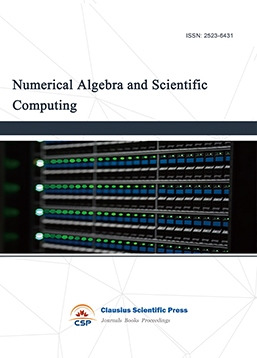
-
Journal of Physics Through Computation
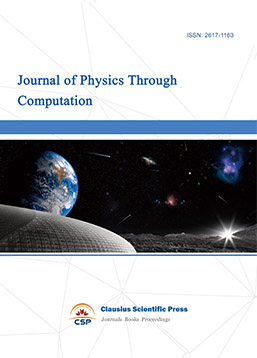
-
Transactions on Particle and Nuclear Physics
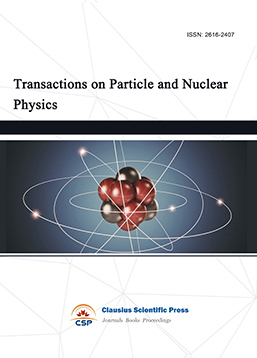
-
Journal of Probability and Mathematical Statistics
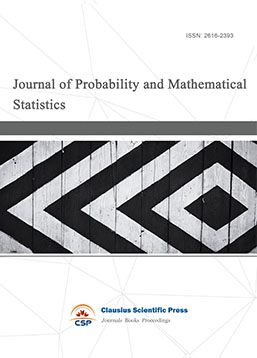
-
Multibody Systems, Nonlinear Dynamics and Control
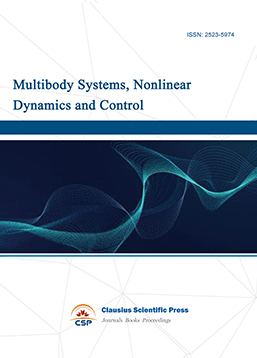
-
Complex Analysis and Geometry
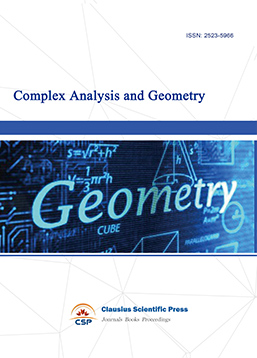
-
Dynamical Systems and Differential Equations
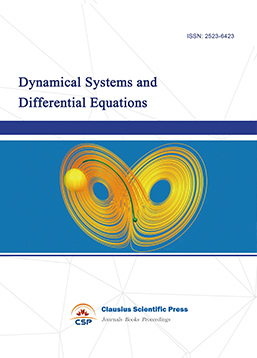
-
Acoustics, Optics and Radio Physics

-
Progress in Atomic and Molecular Physics
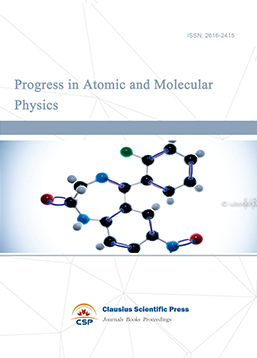
-
Transactions on Condensed Matter Physics
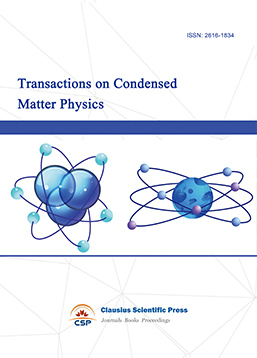
-
Progress in Plasma Physics
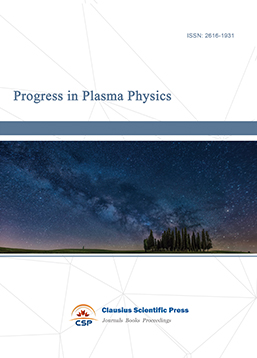
-
Combinatorics and Graph Theory
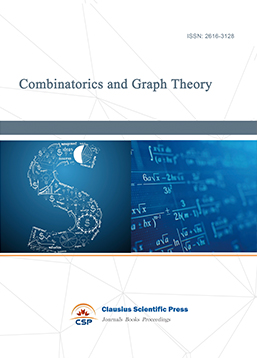
-
Research and Practice of Mathematics & Statistics
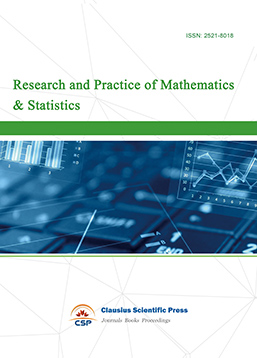
-
Nuclear Techniques and Applications

-
Journal of Photonics Research
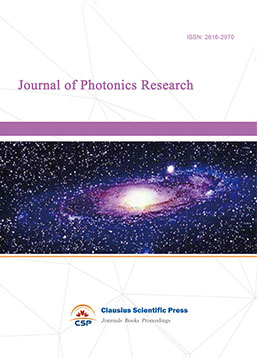
-
Journal of Compressors and Refrigeration
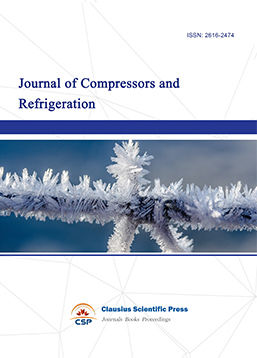
-
Journal of Theoretical Physics Frontiers
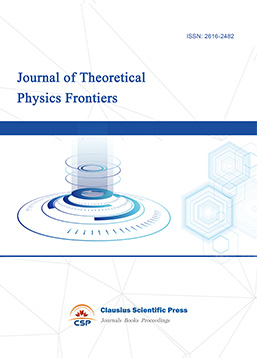
-
Journal of Nonlinear Science and Complexity
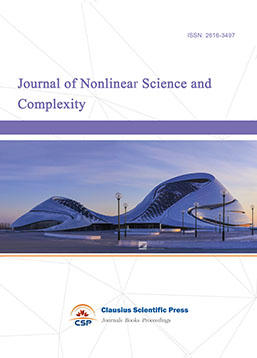
-
Vacuum Science Journal

-
Computational Fluid Dynamics
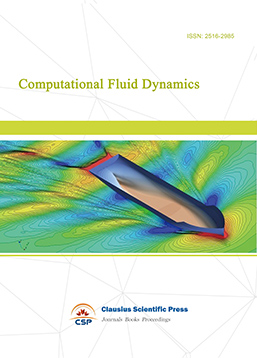

 Download as PDF
Download as PDF